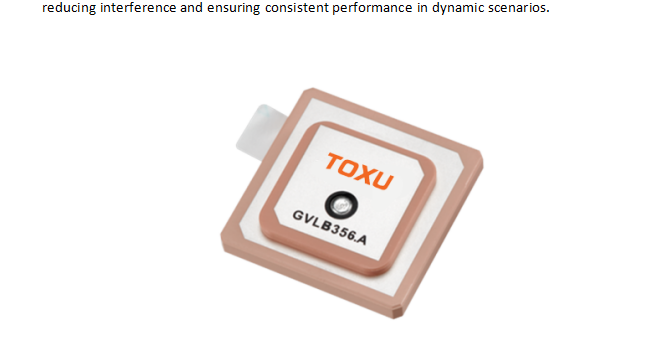In the dynamic field of real-time kinematic (RTK) positioning, where seamless integration of multiple global navigation satellite systems (GNSS) is essential, the Passive RTK GNSS Ceramic Antenna shines as a versatile and dependable solution. Crafted to excel in diverse environments, this antenna caters to applications like precision mapping, autonomous robotics, and geospatial surveying, offering consistent performance that meets the rigorous demands of modern positioning tasks.
The antenna’s Pin Feed (Passive) connectivity is a standout feature, doing away with the need for external power sources. This not only simplifies installation in compact devices but also ensures low energy consumption, making it perfect for battery-powered tools such as portable RTK receivers and lightweight drones. Its Ceramic Patch Antenna material is a key asset too; ceramic’s high dielectric properties enable a compact design without compromising signal reception, allowing for stable operation across various frequencies.
A major strength lies in its broad frequency coverage, encompassing GPS L1, GPS L5, BeiDou B1, and GLONASS G1. This multi-constellation support guarantees robust signal acquisition even in areas with limited satellite visibility, like urban jungles or dense woodlands. By tapping into multiple satellite systems, the antenna minimizes positioning errors, making it a top choice for RTK applications that require centimeter-level accuracy.
With Patch Dimensions of 35356.12 mm and a weight of 26g, the antenna is highly portable and easy to integrate. Its small size fits effortlessly into drones, handheld devices, and rovers, while its light weight doesn’t affect the balance or payload capacity of the equipment it’s mounted on. Paired with a 70*70 mm Ground Plane Size, it achieves optimal signal stability, reducing interference and ensuring consistent performance in dynamic scenarios.

Performance-wise, the antenna impresses with a Peak Gain of up to 4.03 dBi and Efficiency reaching 79.93%, enabling it to capture and amplify weak signals effectively, even from low-elevation satellites. The RHCP (Right-Hand Circular Polarization) helps mitigate multipath interference, a common issue in reflective environments, while the Omnidirectional Radiation Pattern ensures 360-degree signal coverage, leaving no blind spots.
Built to withstand harsh conditions, the antenna operates within a Temperature range of -40°C to +85°C, making it suitable for use in extreme climates, from freezing tundras to scorching deserts. Its VSWR of 2:1 ~ 4:1 (depending on band) ensures efficient power transfer, minimizing signal loss and maximizing receiver sensitivity. Additionally, the Axial Ratio of 11.2-17.04 dB contributes to stable signal reception, further enhancing its reliability.
In conclusion, the Passive RTK GNSS Ceramic Antenna combines compactness, multi-constellation compatibility, and robust performance, making it an ideal choice for a wide range of RTK applications. Whether used in agricultural drones, surveying equipment, or autonomous vehicles, it delivers reliable, high-accuracy positioning, proving to be an indispensable tool in the world of GNSS technology.




































































 Language
Language
 En
En Cn
Cn Korean
Korean

 Home >
Home > 













